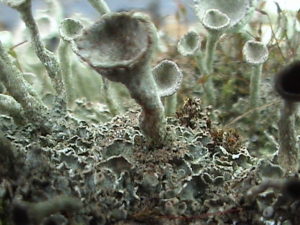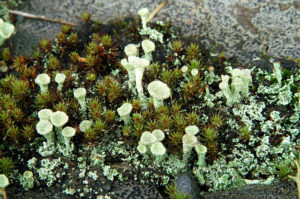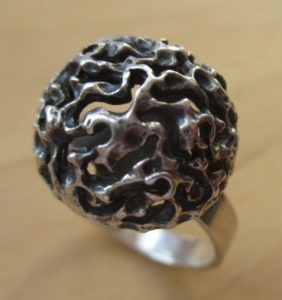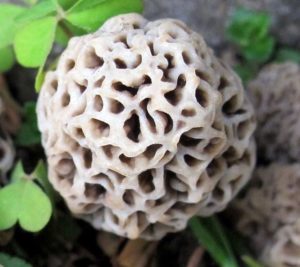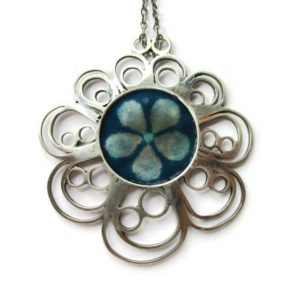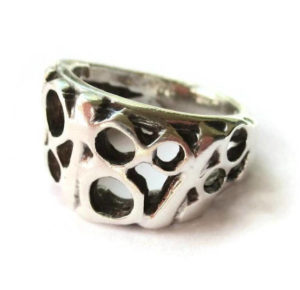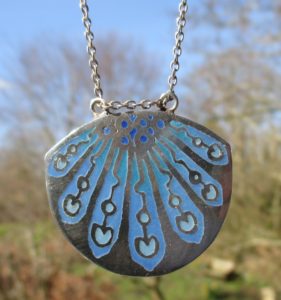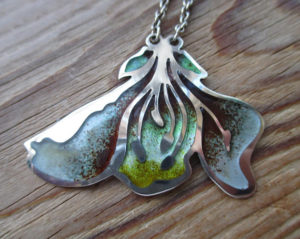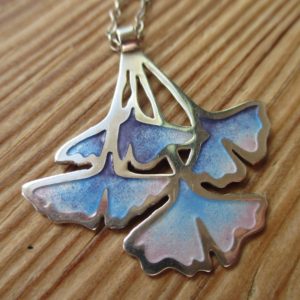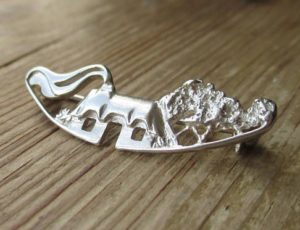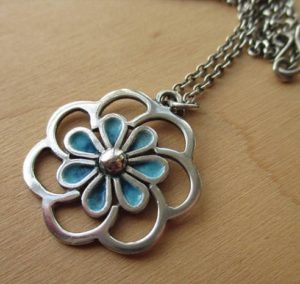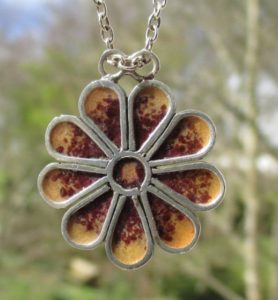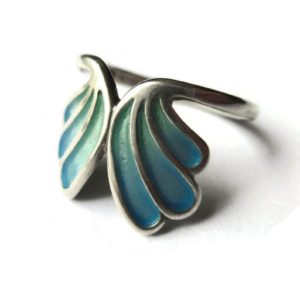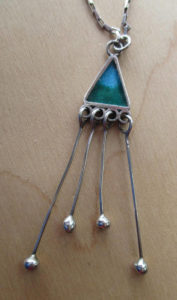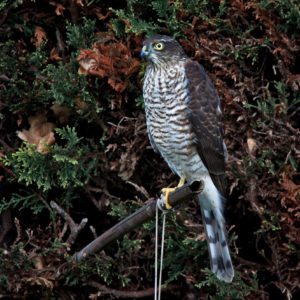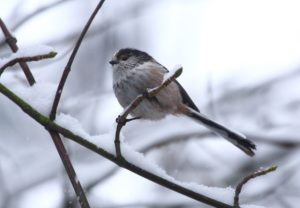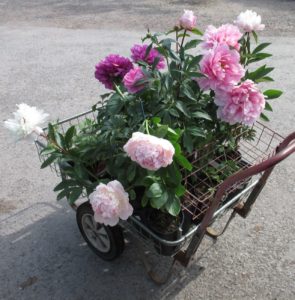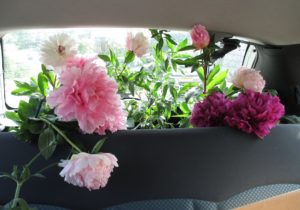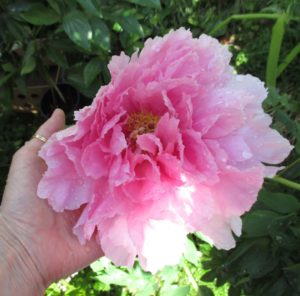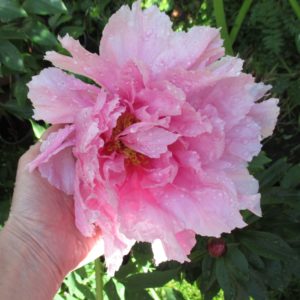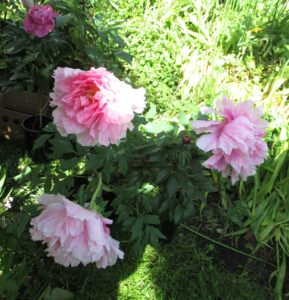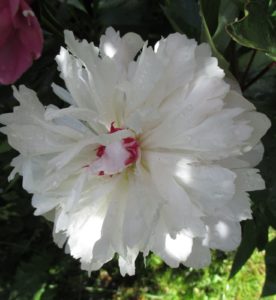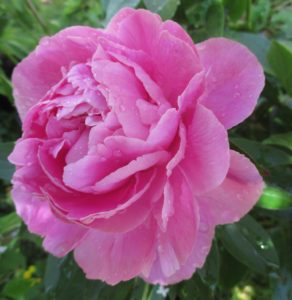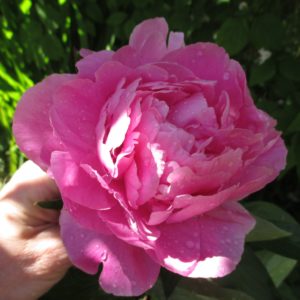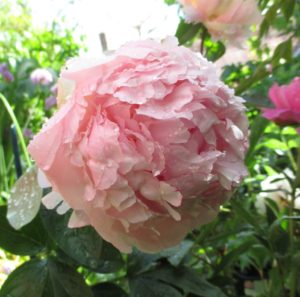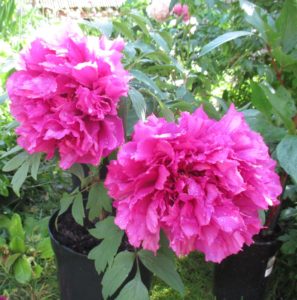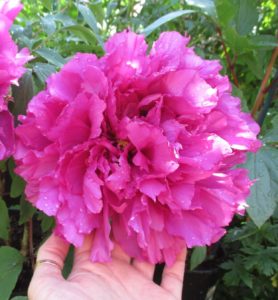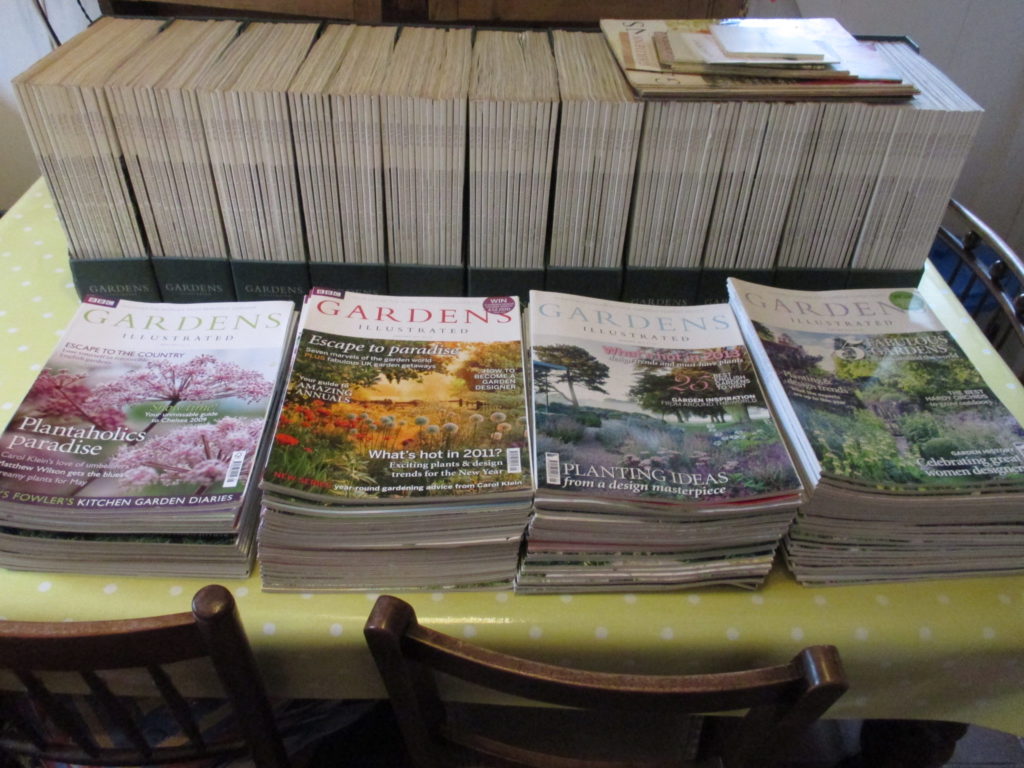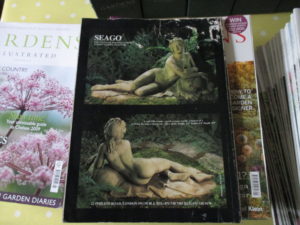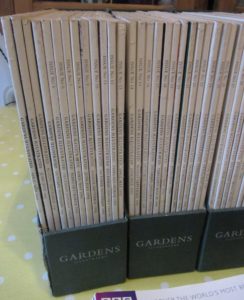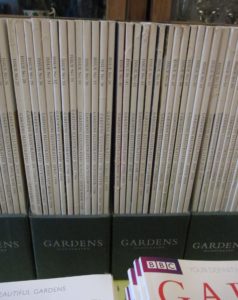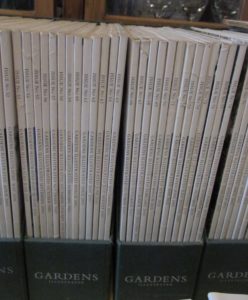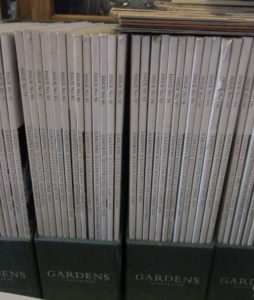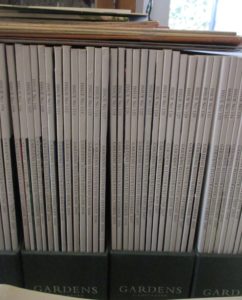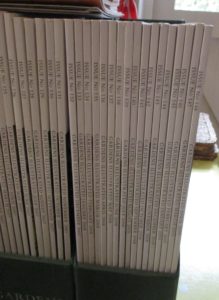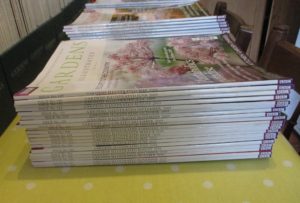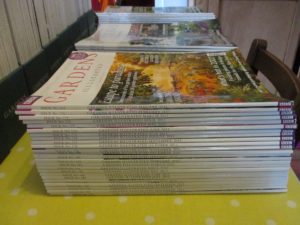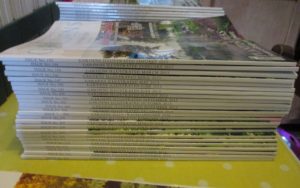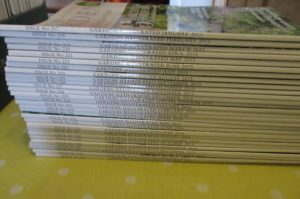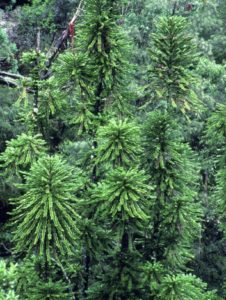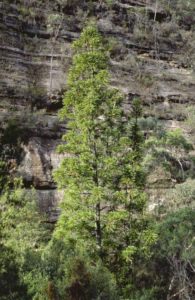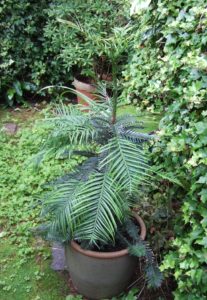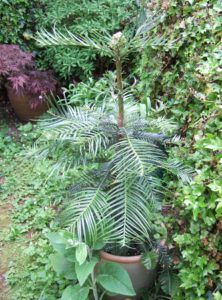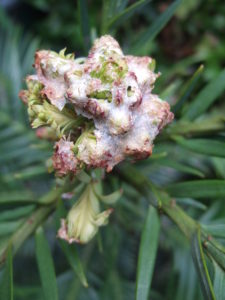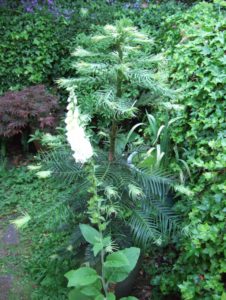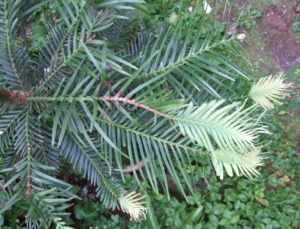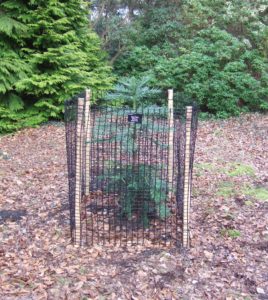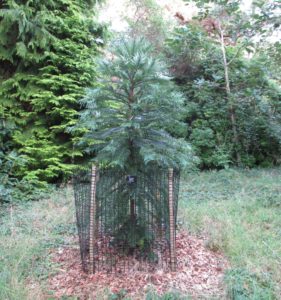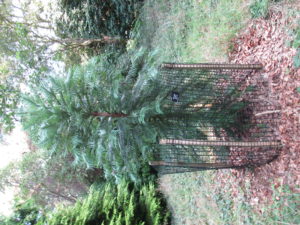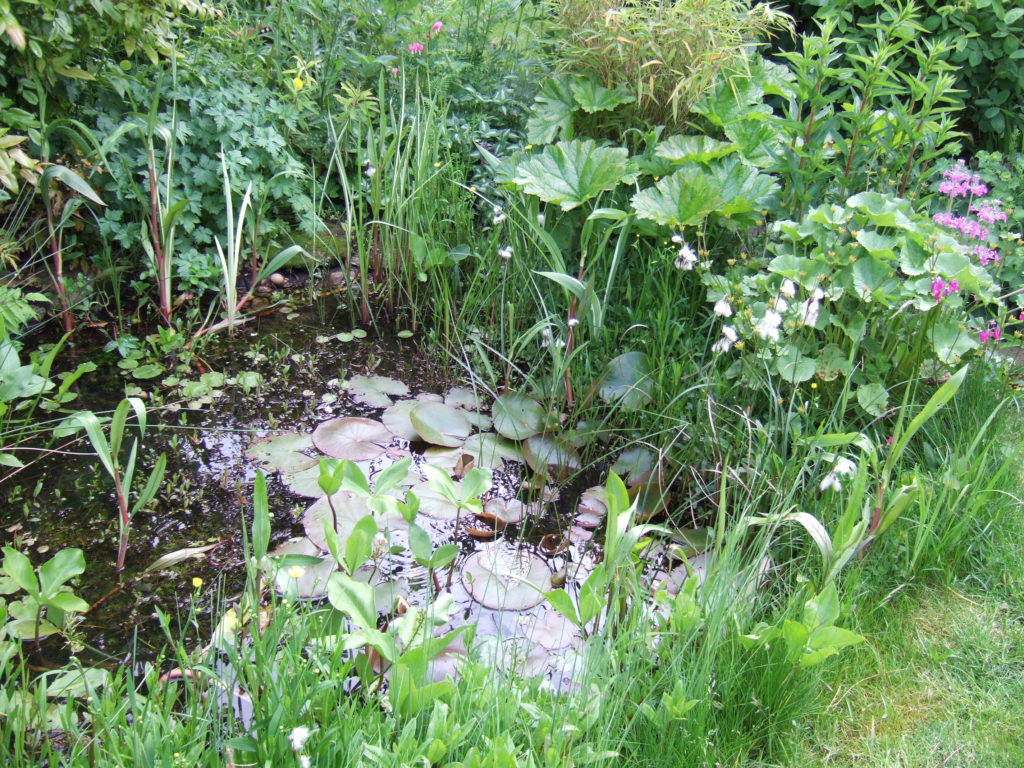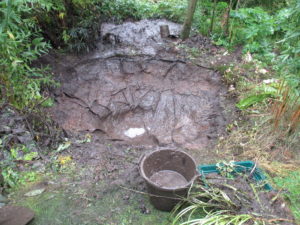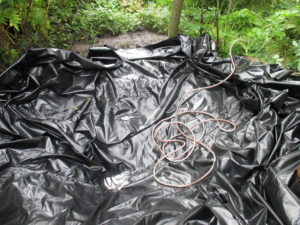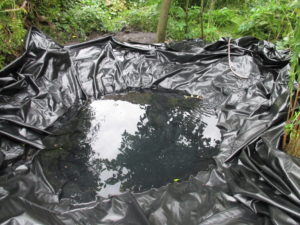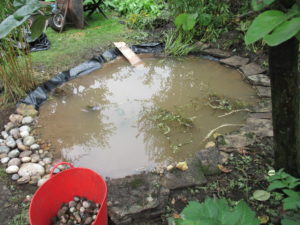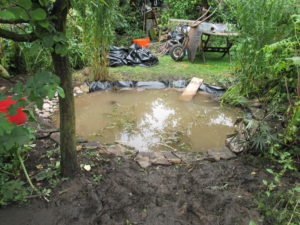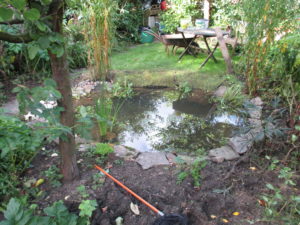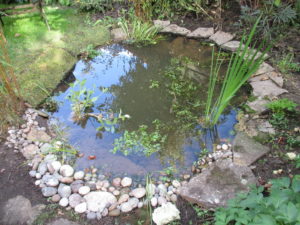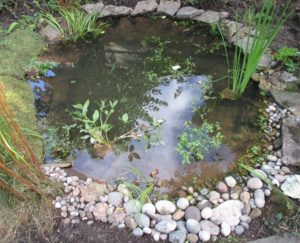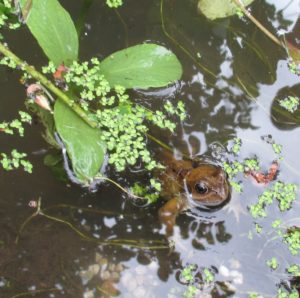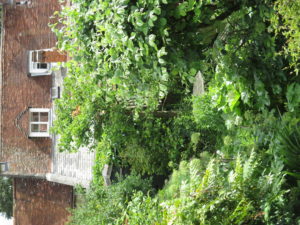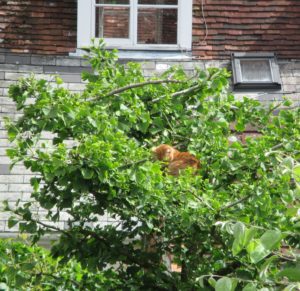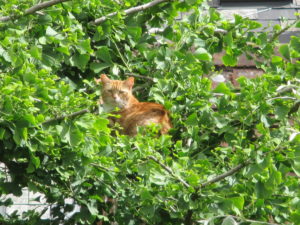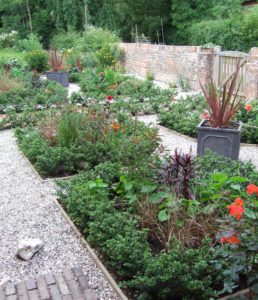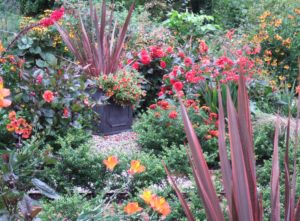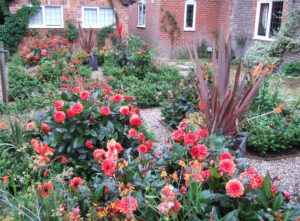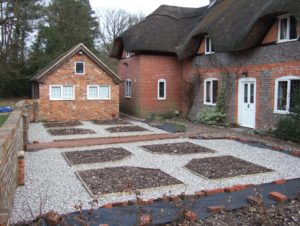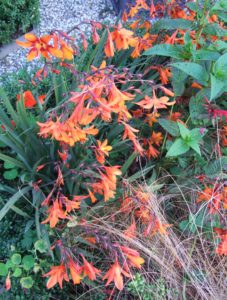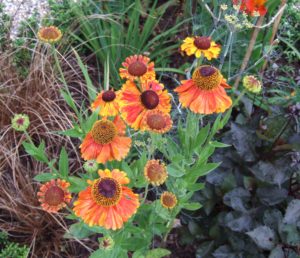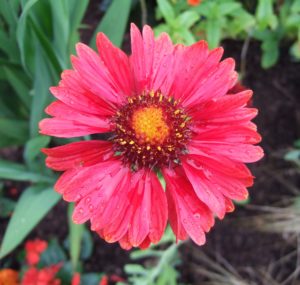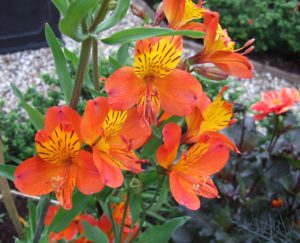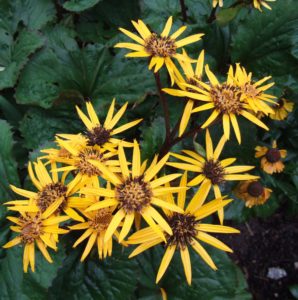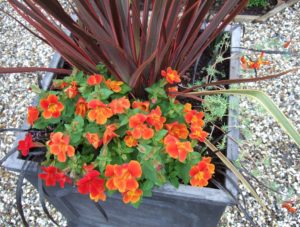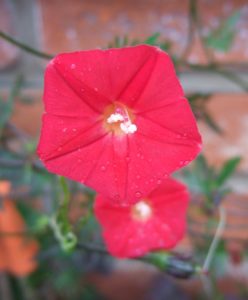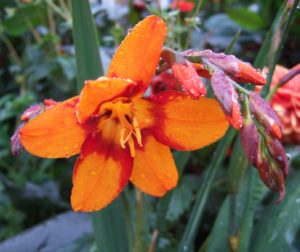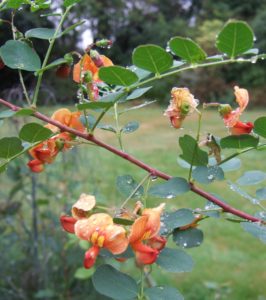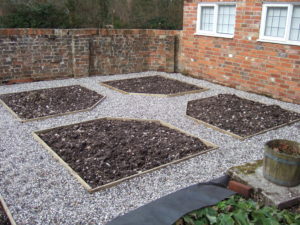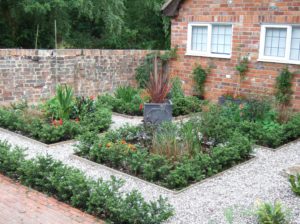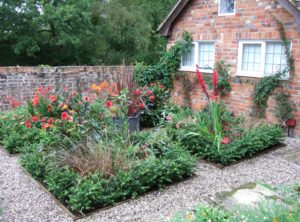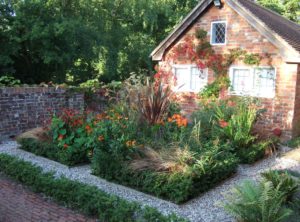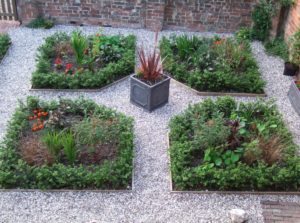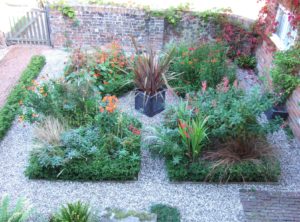Every now and then I come across a jewellery designer who is pretty much ‘invisible’ online (I don’t have a fabulous library of books on jewellery, sadly, so google is my source). This was the case with Finnish designer Liisa Vitali (about whom I was at least able to cobble together a post of sorts), and is in fact much more so the case with her compatriot Hannu Ikonen. I have no doubt this is due in part to the majority of sources being in Finnish, but information about him is nigh-on absent online. I have come across the same small paragraph about him, endlessly repeated on different websites selling his pieces, but with no biographical details or detailed information about his jewellery designs.
Turning to google books, all I could find was a publication from 1982, titled Welcome to Finland / Soyez Les Bienvenus en Finlande / Willkommen in Finland by Anders Nyborg and published by the University of Michigan. And even then, I was only able to see a snippet: as the texts in the three languages were side by side I was able to glean that Ikonen was then considered a rising star, and had worked in wood and precious metals for ten years (ie since the early 1970s), and that he was self-taught. I have googled vainly to try to find out more about him, even simple things like his date and place of birth, where he worked and so on, but with no joy. I do not know if he is still alive. I do hope so. I am guessing that perhaps he is/was a sculptor if he worked in wood as well as metals, and this would explain the fabulously sculptural qualities of his ‘reindeer moss’ series of jewellery.
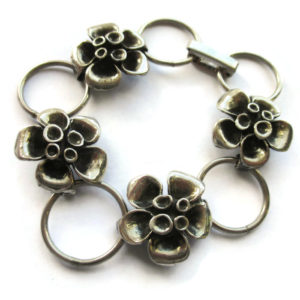
Sterling silver reindeer moss bracelet by Hannu Ikonen, with a 1977 hallmark. For sale in my Etsy shop, Inglenookery: click on photos for details.
I recently acquired my first piece of Hannu Ikonen’s jewellery in the reindeer moss series. This series is usually found in bronze, with sterling silver pieces coming up for sale more rarely. Ikonen designed for Valo-Koru, a Finnish jewellery firm that operated in Turku from 1969 onwards.
Reindeer moss is a misnomer, as it is a lichen of the genus Cladonia (cup lichen) rather than a moss. The lichens in this genus are the main food of reindeer (Rangifer tarandus, known as caribou in North America).
In making the reindeer moss series, Hannu Ikonen joined an illustrious group of Finnish designers inspired by nature and the natural beauty around them. Search on Google images for ‘Hannu Ikonen reindeer moss’ to see the glorious range of his designs.
